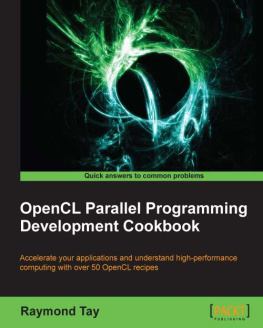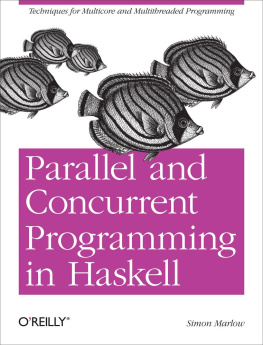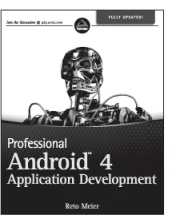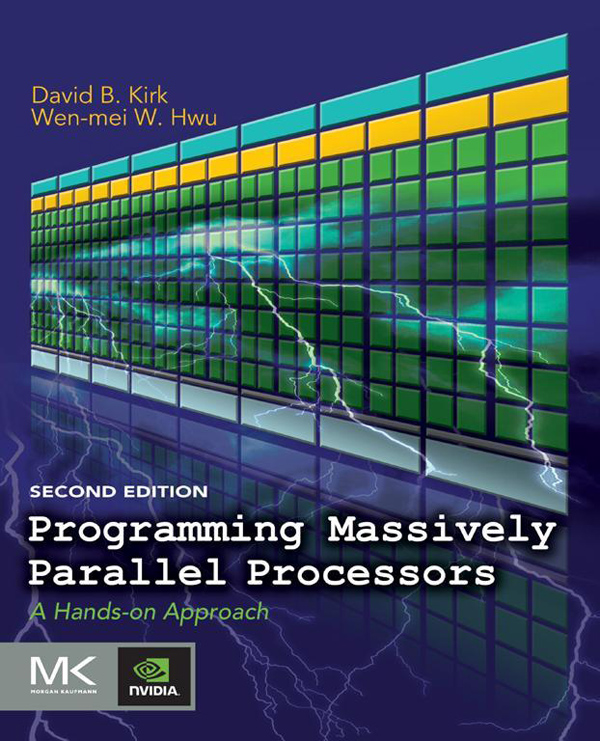Kirk David B. Hwu Wen-mei W. - Programming Massively Parallel Processors,
Here you can read online Kirk David B. Hwu Wen-mei W. - Programming Massively Parallel Processors, full text of the book (entire story) in english for free. Download pdf and epub, get meaning, cover and reviews about this ebook. year: 2012, publisher: Elsevier Science, genre: Computer. Description of the work, (preface) as well as reviews are available. Best literature library LitArk.com created for fans of good reading and offers a wide selection of genres:
Romance novel
Science fiction
Adventure
Detective
Science
History
Home and family
Prose
Art
Politics
Computer
Non-fiction
Religion
Business
Children
Humor
Choose a favorite category and find really read worthwhile books. Enjoy immersion in the world of imagination, feel the emotions of the characters or learn something new for yourself, make an fascinating discovery.

- Book:Programming Massively Parallel Processors,
- Author:
- Publisher:Elsevier Science
- Genre:
- Year:2012
- Rating:5 / 5
- Favourites:Add to favourites
- Your mark:
Programming Massively Parallel Processors,: summary, description and annotation
We offer to read an annotation, description, summary or preface (depends on what the author of the book "Programming Massively Parallel Processors," wrote himself). If you haven't found the necessary information about the book — write in the comments, we will try to find it.
Abstract: Programming Massively Parallel Processors: A Hands-on Approach, Second Edition, teaches students how to program massively parallel processors. It offers a detailed discussion of various techniques for constructing parallel programs. Case studies are used to demonstrate the development process, which begins with computational thinking and ends with effective and efficient parallel programs. This guide shows both student and professional alike the basic concepts of parallel programming and GPU architecture. Topics of performance, floating-point format, parallel patterns, and dynamic parallelism are covered in depth. This revised edition contains more parallel programming examples, commonly-used libraries such as Thrust, and explanations of the latest tools. It also provides new coverage of CUDA 5.0, improved performance, enhanced development tools, increased hardware support, and more; increased coverage of related technology, OpenCL and new material on algorithm patterns, GPU clusters, host programming, and data parallelism; and two new case studies (on MRI reconstruction and molecular visualization) that explore the latest applications of CUDA and GPUs for scientific research and high-performance computing. This book should be a valuable resource for advanced students, software engineers, programmers, and hardware engineers. New coverage of CUDA 5.0, improved performance, enhanced development tools, increased hardware support, and more Increased coverage of related technology, OpenCL and new material on algorithm patterns, GPU clusters, host programming, and data parallelism Two new case studies (on MRI reconstruction and molecular visualization) explore the latest applications of CUDA and GPUs for scientific research and high-performance computing
Kirk David B. Hwu Wen-mei W.: author's other books
Who wrote Programming Massively Parallel Processors,? Find out the surname, the name of the author of the book and a list of all author's works by series.










